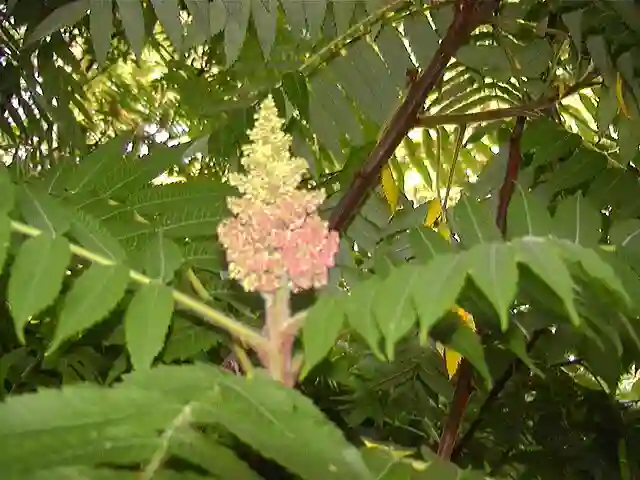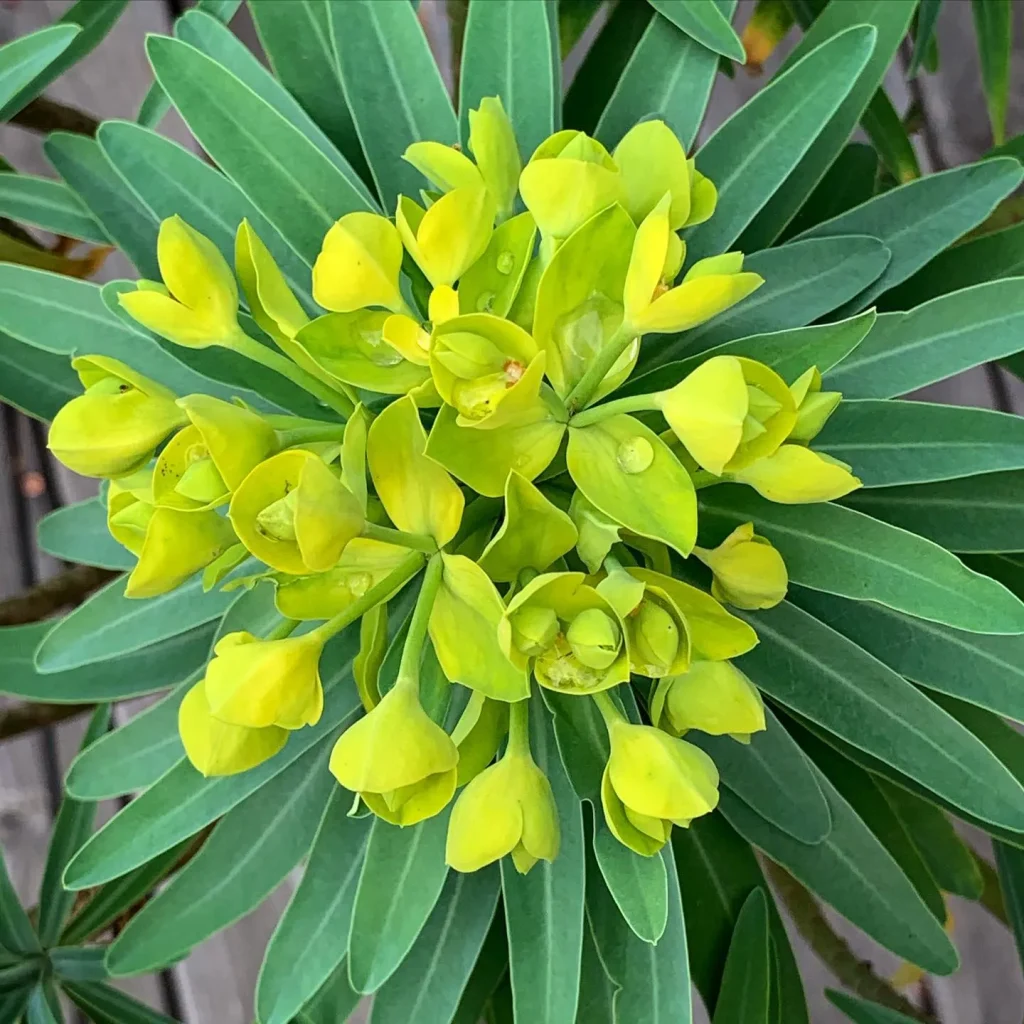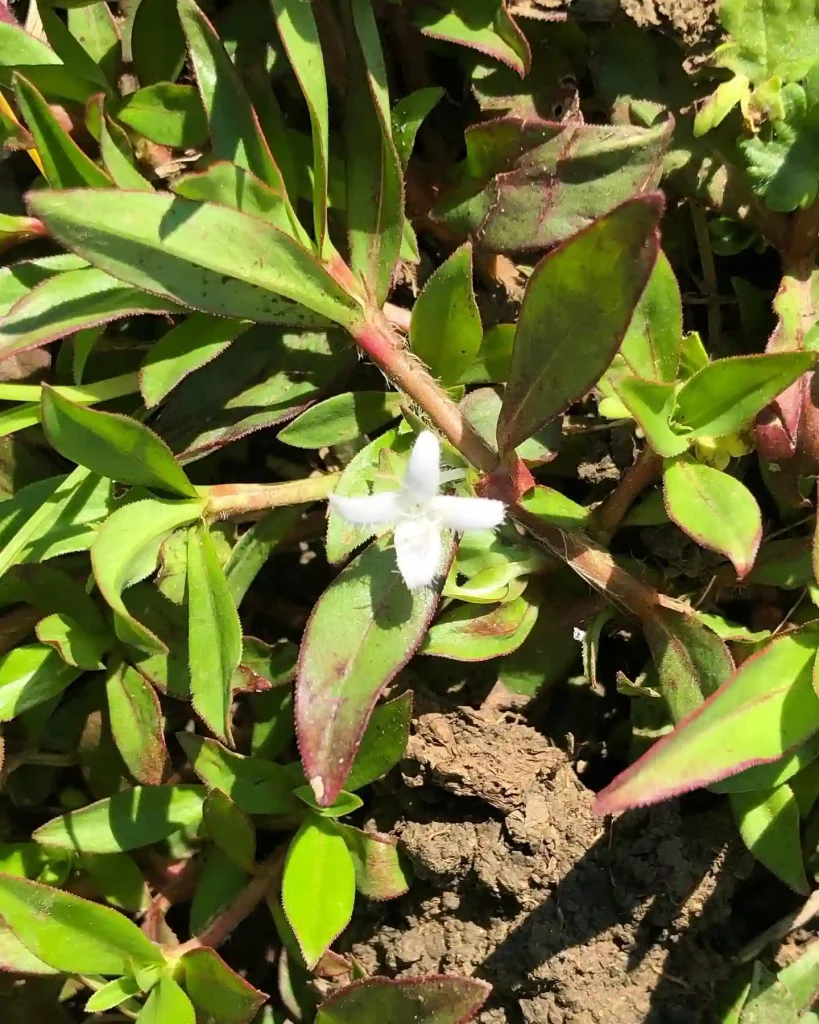FAQs About Symphyotrichum Oblongifolium
Symphyotrichum Oblongifolium, commonly known as the Narrow-Leaved Aster, is a charming perennial that brings vibrant color to any garden. I’ve had my share of experiences with this plant, and I’m excited to share some frequently asked questions that can help you decide if it’s the right choice for your garden.
114 Species in Genus Symphyotrichum
What is Symphyotrichum Oblongifolium?
Symphyotrichum Oblongifolium is a species of aster native to North America. It features narrow, lance-shaped leaves and produces an abundance of small, daisy-like flowers in shades of blue to violet. Blooming in late summer to fall, it’s a fantastic plant for adding color when many other garden plants are winding down.
How to Care for Symphyotrichum Oblongifolium?
Caring for Symphyotrichum Oblongifolium is relatively straightforward. This plant thrives in full sun to partial shade and prefers well-draining soil. It’s quite tolerant of various soil types, though it does best in loamy or sandy soil with good drainage. Watering should be regular but moderate; avoid waterlogging as this can lead to root rot. Deadheading spent flowers can encourage prolonged blooming and keep the plant looking tidy.
How to Propagate Symphyotrichum Oblongifolium?
Propagating Symphyotrichum Oblongifolium is easiest through division or by seed. In early spring or fall, you can divide the clumps to create new plants. Each section should have several stems and roots. For propagation by seed, sow them in a seed tray in early spring, keeping them moist and warm until germination. Transplant the seedlings to their final location once they are large enough to handle.
What to Plant With Symphyotrichum Oblongifolium?
This aster pairs well with other late-blooming perennials such as Rudbeckia, Echinacea, and ornamental grasses. The contrast between the narrow-leaved aster’s delicate flowers and the bold foliage of these plants creates an eye-catching garden display. You might also consider planting it alongside taller plants like sunflowers or coneflowers to add vertical interest.
Can You Grow Symphyotrichum Oblongifolium Indoors?
Growing Symphyotrichum Oblongifolium indoors is not ideal. This plant is better suited to outdoor gardens where it can benefit from natural light and space to spread out. While you could try growing it in a large pot, it would require significant attention to light, water, and space constraints.
Is Symphyotrichum Oblongifolium Toxic?
Symphyotrichum Oblongifolium is not known to be toxic to humans or pets. It’s a safe choice for gardens where children and animals might be present. However, as with any plant, it’s always a good idea to keep an eye on pets to prevent them from chewing on garden plants.
Benefits of Symphyotrichum Oblongifolium
One of the major benefits of Symphyotrichum Oblongifolium is its long blooming period. It continues to flower into the fall when many other plants have finished blooming. This makes it a valuable addition to a garden for extending color and interest through the later months. It also attracts pollinators such as bees and butterflies, supporting local wildlife.
Common Problems with Symphyotrichum Oblongifolium
While generally hardy, Symphyotrichum Oblongifolium can encounter a few issues. Watch out for powdery mildew, especially in humid conditions. Good air circulation and avoiding overhead watering can help prevent this. Additionally, while the plant is fairly resistant to pests, it’s a good idea to monitor for aphids and caterpillars.
Is Symphyotrichum Oblongifolium Deer Resistant?
Yes, Symphyotrichum Oblongifolium is considered deer resistant. Deer typically avoid this plant, making it a good choice for gardens where deer are a concern. However, hungry deer in extreme situations might nibble on just about anything, so it’s always wise to have some additional deterrents in place.
How Does Symphyotrichum Oblongifolium Compare to Similar Plants?
Symphyotrichum Oblongifolium is often compared to other asters like Symphyotrichum Novae-Angliae (New England Aster). While both share similar flowering times and habitats, Symphyotrichum Oblongifolium tends to have narrower leaves and a slightly different flower structure. It’s also generally a bit shorter, making it suitable for more compact garden spaces.
Overall, Symphyotrichum Oblongifolium is a versatile and attractive plant that adds color and life to a garden, especially in late summer and fall. With proper care and attention, it can be a delightful addition to your garden that not only looks great but also supports local pollinators.
If i die, water my plants!



